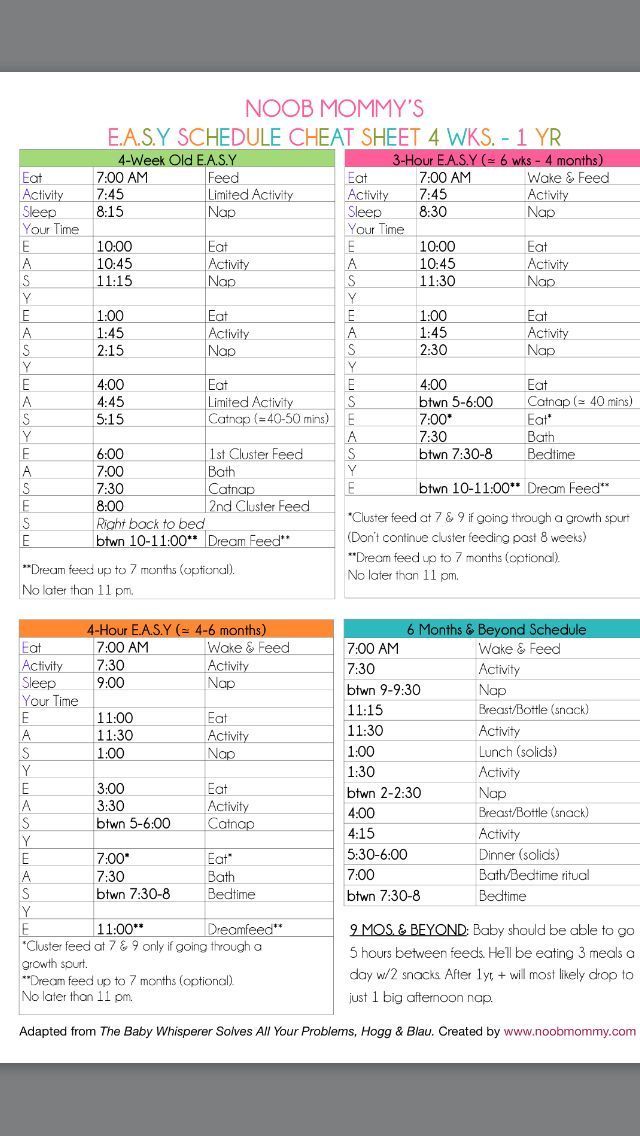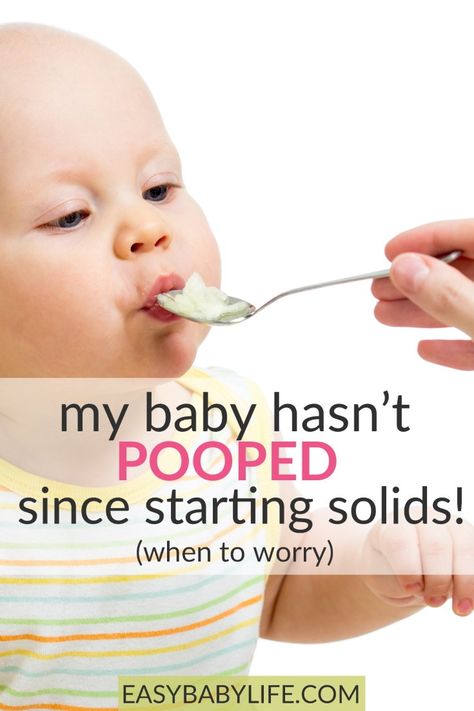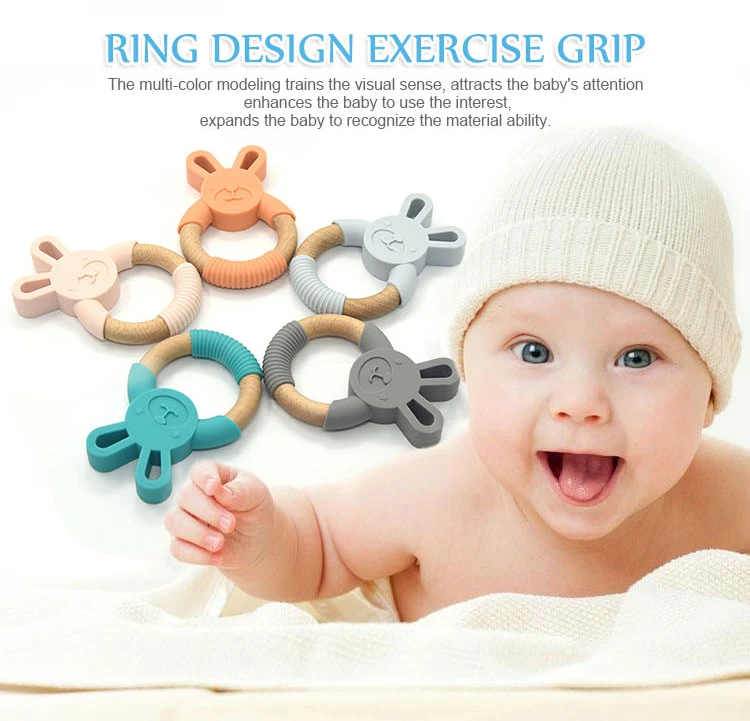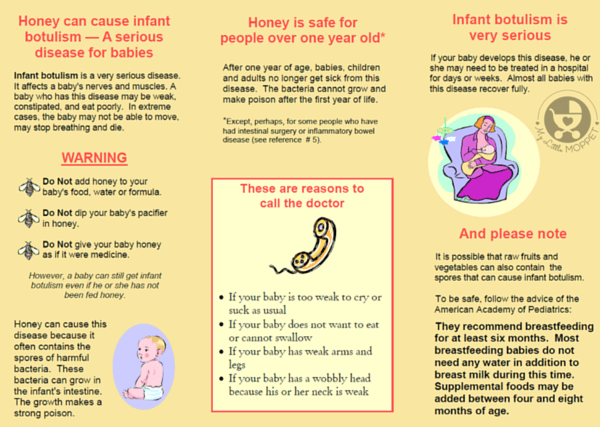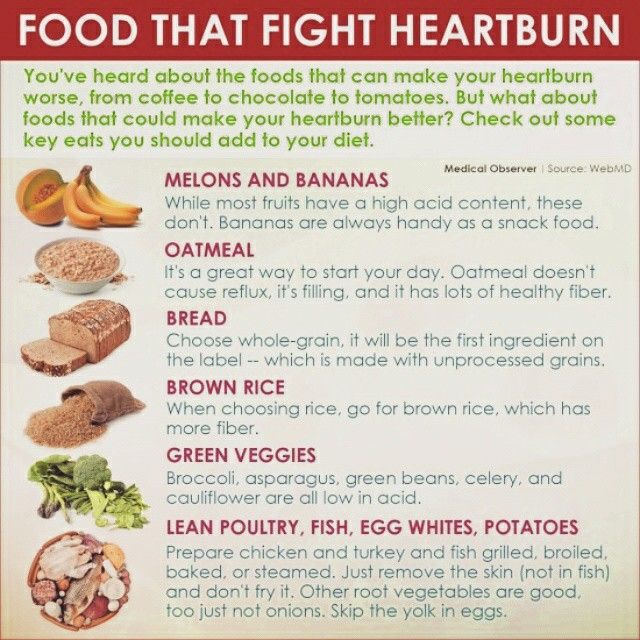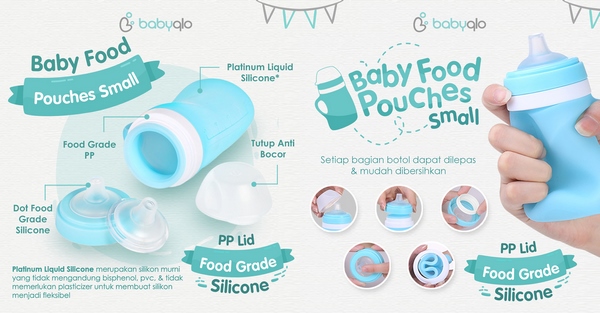Dream feed 8 week old baby
Dream Feed: What Is It, What Age, and How
Some babies sleep through the night from an early age. But, some babies will eat in the middle of the night until 9 months old or longer. Some parents swear by a “dream feed” to help their babies sleep longer while others don’t like it. But, what is a dream feed and at what age should you try it?
What Is a Dream Feed?
A dream feed is a feeding you give your baby while he or she is asleep before you go to bed yourself so they won’t wake up in the middle of the night.
Some moms breastfeed before they go to bed and others (or their partners) give their baby a bottle, sometimes without even picking up the baby.
The theory is that you will get a longer stretch of sleep, yourself. After all, if your baby can go 5 hours without eating, but goes to bed around 7 PM, that means you will need to feed the baby around 12 AM. That means your sleep is disrupted since you’ve possibly gone to bed at 10 PM.
That’s only two hours of sleep!
If you give a feeding to your baby around 10 PM, then it’s possible your baby won’t wake again until 3 AM giving you both a 5-hour stretch of sleep!
The questions are: Is it a good idea? Will it work? And, should you do it? For some people, a dream feed will be a Godsend. Not for others. Let’s explore further!
You May Also Be Interested In:
- Night Feedings By Age
- 3 Signs It’s Time to Night Wean Your Baby
- Night Weaning Quiz: Is Your Baby Ready?
At What Age Can You Dream Feed?
Most parents will start using a dream feed any time between 6-8 weeks old and 4 months old, once your baby no longer needs to eat every 3 hours at night. However, it’s not too late to try a dream feed even at 6 months old since many babies will increase their caloric needs around this time.
Most parents will continue to offer a dream feed until they are confident their baby can go all night without eating AND sleep a total of 11-12 hours without eating. Therefore, there’s no reason you couldn’t try it at 8 months old if night weaning isn’t working.
Keep in mind that if you stop the dream feed before your baby is ready, he or she may start to wake up too early for the day.
In my 10+ years of experience, most formula-fed or bottle-feeding babies can stop around 6-8 months old, and most breastfed babies can stop around 9-12 months old.
You May Also Be Interested In:
- Sample Schedules
- Baby and Toddler Bedtimes Chart
How To Dream Feed
To give your baby a dream feed, you simply feed your baby while he or she is still sleeping.
For example, your 5-month old baby goes to sleep around 7 p.m., you feed them around 10 p.m. before you go to bed, and your baby might sleep until 4 or 6 a.m. or later. This gives you a glorious 6 to 8 hours of sleep! If you go to bed early and have your partner/spouse give the dream feed and you can get even more sleep!
If your baby wakes up during the feeding, soothe them back to sleep as you would at bedtime. It may take a few nights for your baby to get used to it.
When it works, a dream feed is completely safe and a wonderful thing!
Sample Dream Feeding Scenario
Here’s an example of how a good scenario might look:
- Baby goes to sleep around 7 p.m. after your regular bedtime routine.
- You dream feed around 10 p.
 m. before you go to bed.
m. before you go to bed. - Baby sleeps until 4 or 6 a.m. or later, giving you a glorious 6 to 8 hours of sleep straight. When your baby is older, they might even sleep through the night.
What Time Do You Dream Feed?
What time you do a dream feed will depend on your baby’s schedule as well as your own.
Usually, the dream feed is between 10 and 11:30 p.m., at least 3 hours from the bedtime feeding or longer. This is based on the assumption your baby is going to sleep between 6 and 8 p.m. and you plan to go to bed between 10 and 11:30 p.m.
As you can imagine, if your baby goes to bed around 8 p.m. and you go to bed around 9 p.m., you will not likely be able to do an early night feeding.
However, some parents will do a dream feed between 4 and 6 a.m. if they are trying to stop their baby from waking up too early. For example, your baby might be able to sleep through the night until 5 a.m. but then wakes up for the day. Way too early! You might set an alarm to feed the baby at 3 or 4 a.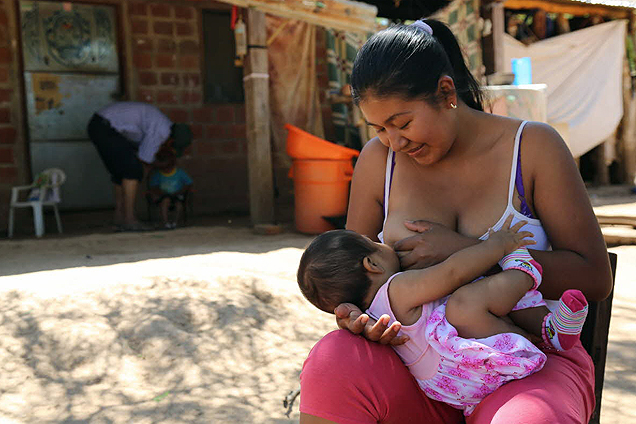 m. such that your baby sleeps through 6 or 7 a.m.
m. such that your baby sleeps through 6 or 7 a.m.
Full or Partial Feeding? How Many Ounces?
Should you offer a full or partial feeding as your dream feed?
A partial feeding might be just fine if your baby is only missing a few ounces of milk during the daytime. Perhaps they don’t need a big feeding and will sleep through the night afterward. In that scenario, it’s just fine to give your baby a partial feeding.
For a breastfed baby, that might mean a 5-minute feeding or just one breast. For a formula-fed baby, that might be a half-bottle which is usually around 3 ounces. If your baby needs less than this then it’s probably time to drop the dream feed (see below.)
However, in some cases, a partial feeding could mean the dream feed won’t work and your baby will wake later in the night or too early in the morning. In general, if your baby still needs a night feeding then you want your Dream Feed to be a full feeding.
A full feeding usually means a full 6-7-ounce formula bottle, a 4-5-ounce breastmilk bottle, or two breasts if breastfeeding.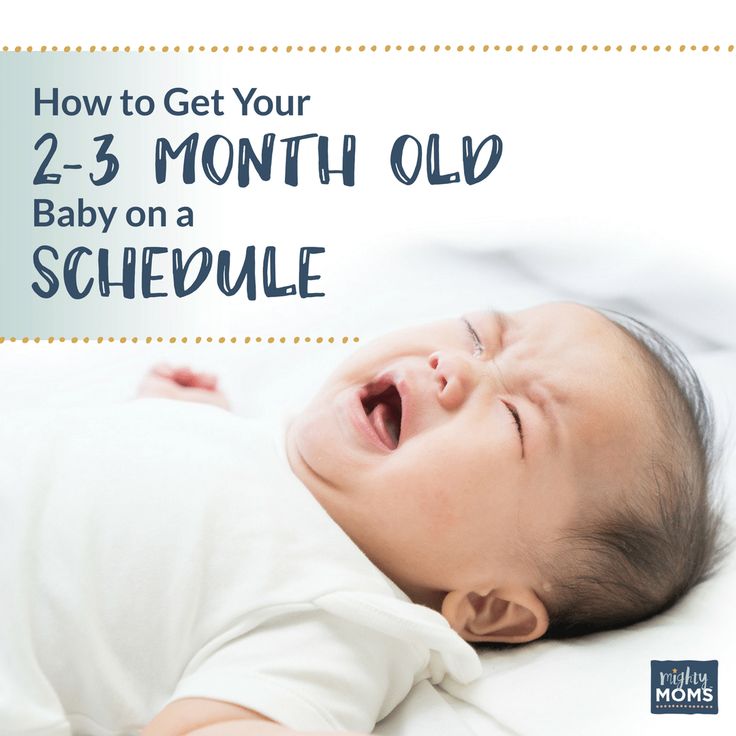 If your baby is younger and not yet taking larger feedings, then their feeding will be smaller. In other words, the Dream Feed should be the same size as a typical daytime feeding.
If your baby is younger and not yet taking larger feedings, then their feeding will be smaller. In other words, the Dream Feed should be the same size as a typical daytime feeding.
Do You Pick Up the Baby?
If you are breastfeeding, you will, of course, need to pick up the baby unless you are quite the acrobat!
If your baby is taking a bottle of breastmilk or formula, some babies will stay in their bed, finish a bottle, and continue sleeping. So, there is no need to pick them up, and it helps keep them asleep.
But, it’s not mandatory that you NOT pick up the baby. Most babies will be fine to be picked up. You should do whatever will keep the baby asleep and get the feeding done as fast as possible.
You May Also Be Interested In:
- Dream Feed Do’s and Don’ts
- Sleep Training Guide
Do You Burp the Baby?
Yes, you will still burp the baby as usual. Keep in mind that as babies get older, they don’t always need help burping so you may not actually get a burp out of them.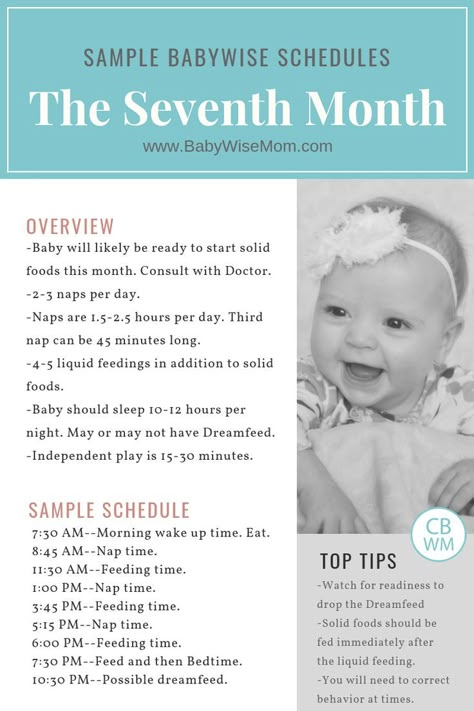 But, spend the normal amount of time you would burp the baby at a regular feeding time.
But, spend the normal amount of time you would burp the baby at a regular feeding time.
Do Dream Feeds Work?
Sometimes, yes. Unfortunately, not always.
As I explained how babies sleep at 4 months old, the first part of the night is the deepest sleep of the night for all babies and children over 4 months (approximately). Therefore, it might be very difficult to rouse your baby enough to feed any time you want to.
Some babies will awaken just enough to eat and stay asleep, but others might not wake up enough, and others will wake up too much. This might make them cranky that you woke them up (especially if they aren’t hungry!).
Dream feeds also seem to have a bit of an “expiration” date – generally speaking, they are most helpful for babies under 6 months old who may still require multiple night feedings.
Another way they sometimes “don’t work” is when you feed your baby before turning in for the night and they STILL wakes up an hour or two later.
Some babies also tend to wake up even more frequently after the initial night feeding, so dream feeding does the opposite of what is intended.
Should You Dream Feed?
I don’t recommend dream feeds as a solution for ALL families, but they do work well for some babies. And, in the end, we need to find the “right” solution for each unique baby even within the same family.
Some people believe it goes against the idea of demand-feeding and is not respecting the baby to force a meal on him. If it feels “wrong” to you, then skip it. If you view it as helping your baby as much as it helps you, give it a try!
A baby’s tummy is small and as I always say, there are many adults who can’t go 11-12 hours without eating, so I am not sure why we expect our babies to.
If you decide not to try it, or it doesn’t work, I typically recommend night-weaning to the appropriate number of night feedings for a baby your age and according to your baby’s capabilities.
How to Drop a Dream Feed
When you feel your baby is ready to drop the dream feed which is usually between 6 and 10 months old, it’s usually easiest to gradually make the dream feed smaller over a period of days and then stop it altogether.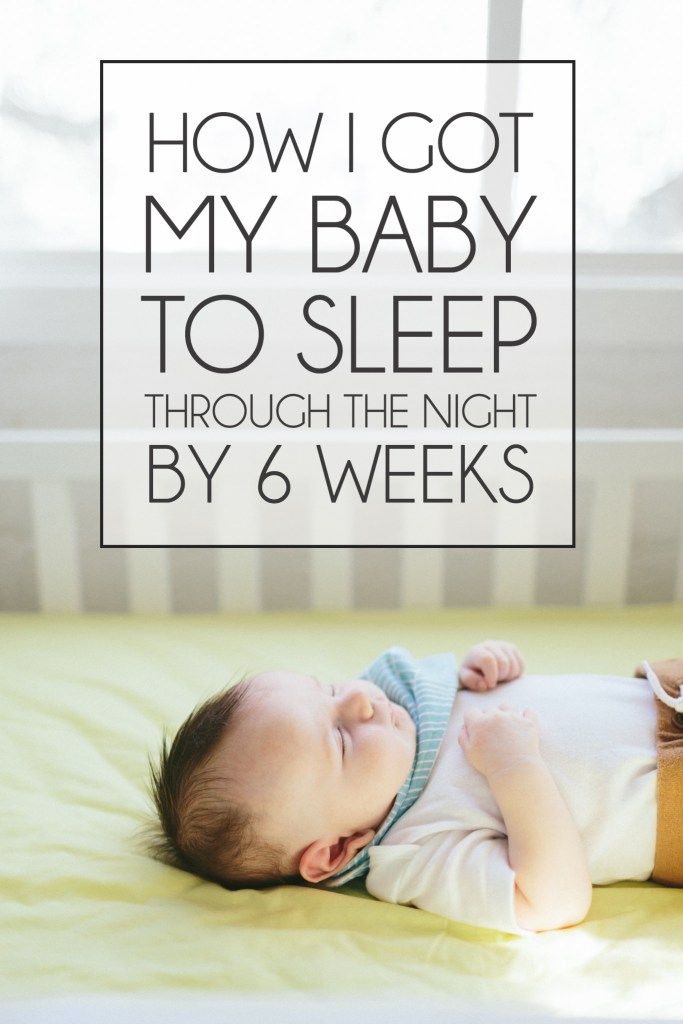 For example, if you are bottle-feeding, you might reduce the Dream Feed by one ounce per night for 3-4 nights and then stop offering it. If you are breastfeeding, try unlatching one minute earlier every night for a few nights.
For example, if you are bottle-feeding, you might reduce the Dream Feed by one ounce per night for 3-4 nights and then stop offering it. If you are breastfeeding, try unlatching one minute earlier every night for a few nights.
The idea behind this method is they will curb their hunger with a smaller feeding but not get full. Then, they will adjust and eat more during the day to the point they won’t need the Dream Feed at all.
I hope this article has helped you decide whether you want to try a dream feed. Good luck!
The Baby Sleep Site® is a participant in the Amazon Services LLC Associates Program and other product affiliate programs. If you click on a product link and make a purchase, The Baby Sleep Site® may (but not always) receive a small commission from the company selling the product, but will not affect your purchase price. We only recommend products that we believe are quality products and are good for our readers.
Need Baby and Toddler Sleep Help? We Have the Resources You Need!If you are tired of wading through stacks of baby sleep books that just aren't working, if you are beyond exhausted and just can't solve your child's sleep problems on your own.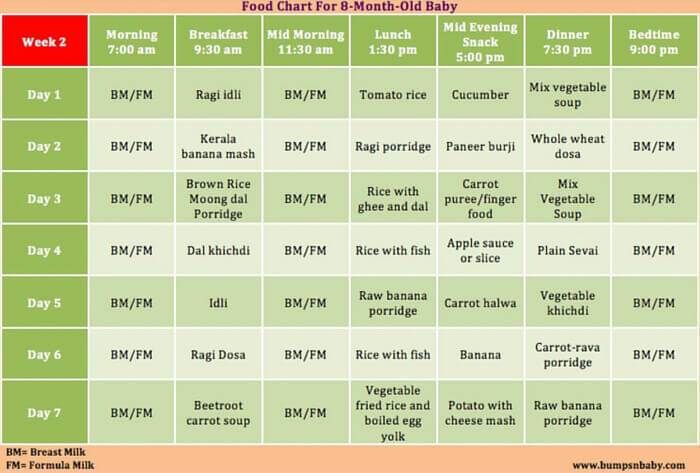 ..then personalized sleep consulting is for you. We have been around since 2008 and invite you to tap into 10+ years of experience. Our team of expert consultants will create a Personalized Sleep Plan® just for your family and then support you through every step of implementing your plan. We encourage you to consider our personalized, one-on-one baby and toddler sleep consultation packages if you want to see real, meaningful results now. Your consultation package also includes ample follow-up help, designed to help you troubleshoot problems and tweak your plan as needed.
..then personalized sleep consulting is for you. We have been around since 2008 and invite you to tap into 10+ years of experience. Our team of expert consultants will create a Personalized Sleep Plan® just for your family and then support you through every step of implementing your plan. We encourage you to consider our personalized, one-on-one baby and toddler sleep consultation packages if you want to see real, meaningful results now. Your consultation package also includes ample follow-up help, designed to help you troubleshoot problems and tweak your plan as needed.
For those persistent nighttime struggles, check out The 3 Step System to Help Your Baby Sleep. Using the same unique approach and practical tools for success, this e-book helps you and your baby sleep through the night.
If you’re looking for ways to get your baby or toddler into a healthy sleeping routine during the day, I encourage you to explore Mastering Naps and Schedules, a comprehensive guide to napping routines, nap transitions, and all the other important “how-tos” of good baby sleep. With over 45 sample sleep schedules and planning worksheets, Mastering Naps and Schedules is a hands-on tool ideal for any parenting style.
With over 45 sample sleep schedules and planning worksheets, Mastering Naps and Schedules is a hands-on tool ideal for any parenting style.
For those persistent toddler sleep struggles, check out The 5 Step System to Help Your Toddler Sleep. Using the same unique approach and practical tools for success, this e-book helps you and your toddler sleep through the night and enjoy a better daytime schedule.
Or, join our VIP Members Area packed with exclusive content and resources: e-Books, assessments, detailed case studies, expert advice, peer support, and more. It actually costs less to join than buying products separately! As a VIP member, you'll also enjoy a weekly chat with an expert sleep consultant. And the best part - members receive 20% off all sleep consultation services!
Dream feeding: How to dream feed your baby
Updated Oct 10, 2022
Maybe you have heard the term “dream feed” from a friend, in one of the many sleep training articles you have read, or in your favorite parenting group. Wherever you were first introduced to the commonly used strategy to encourage fewer night wakings, we bet you still have some questions!
Wherever you were first introduced to the commonly used strategy to encourage fewer night wakings, we bet you still have some questions!
We’re glad you’re curious and are excited to help you better understand dream nursing or bottle feeding and how filling up your baby’s tummy just before their longest sleep can help everyone get a better night’s rest.
IN THIS ARTICLE:
What is a dream feed?
At what age can you dream feed?
Dream feed by age chart
When is the best time to stop the dream feed?
How do I dream feed?
Dream feed schedule (example)
Dream feed FAQs
What is a dream feed?
To put it simply, it’s a sleepy nursing or bottle feeding session given to your baby in the late evening (hours after they’ve already gone to sleep at bedtime), usually just before you go to sleep yourself.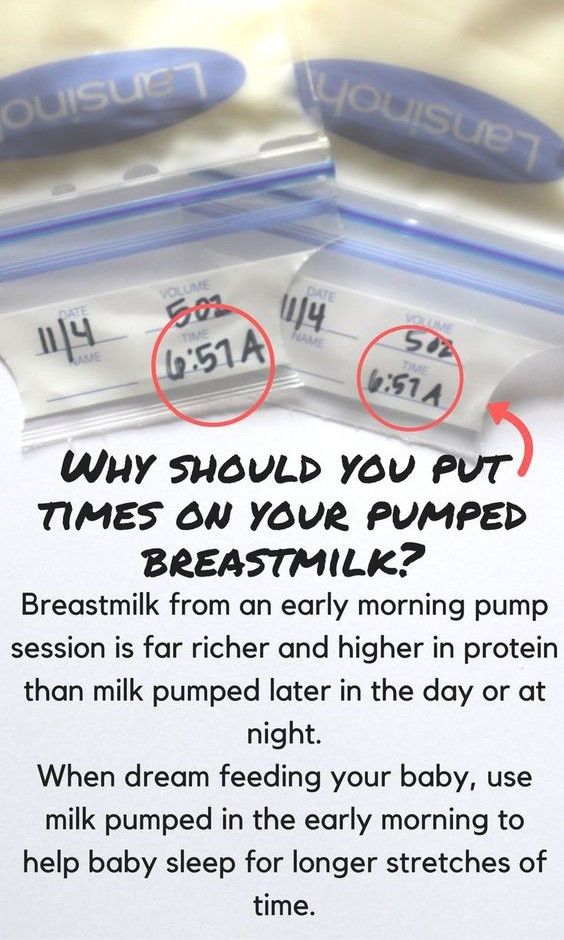 This practice of waking your baby to eat can help parents sync the longest stretch of their baby’s night sleep with their own. The idea is to shift your baby’s normal feeding time a bit earlier, and it works best for babies who wake at night due to hunger.
This practice of waking your baby to eat can help parents sync the longest stretch of their baby’s night sleep with their own. The idea is to shift your baby’s normal feeding time a bit earlier, and it works best for babies who wake at night due to hunger.
Note that offering breast milk or formula at this time typically won’t help improve sleep if a child is waking due to a sleep onset association rather than hunger. For example, if an infant older than 4 months will only fall asleep while being fed at bedtime, they will more likely need to be fed back to sleep when waking in the night between sleep cycles, even if they aren’t hungry. Offering a twilight feed in a case like this is unlikely to improve your baby’s sleep.
At what age can you dream feed?
Great question! Parents around the world first introduce this twilight feed at various times. It is never too soon to introduce a sleep feeding into your baby’s schedule, although some prefer to wait until their baby graduates from the newborn phase.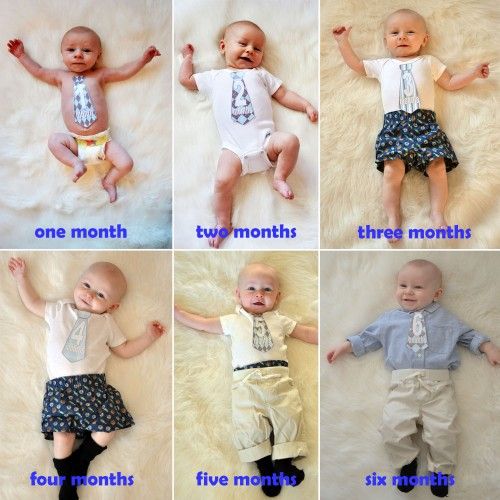 Dream feeding is most used for babies between 6 weeks and 10 months old.
Dream feeding is most used for babies between 6 weeks and 10 months old.
While many older breastfed babies (who are also consuming solids) are capable of going 10 - 12 hours overnight without a feeding, some simply are not. The age at which a baby can go all night without a feeding depends on several factors. While most 10 month olds are ready, or will be ready, to fully wean at night, some babies may continue to need at least 1 feeding overnight until closer to 12 months.
Let’s take a look at the optimal ages to dream nurse or bottle feed.
Dream feed by age chart
| Dream feed by Age | Why it is the optimal age |
|---|---|
| Dream feed at 6 weeks old | 6 weeks is a great time to add a sleepy feed to your baby’s feeding schedule. Around 6 weeks, many babies have just come out of their 4- to 6-week growth spurt and begin showing signs that they are ready to sleep for longer periods overnight. Around 6 weeks, many babies have just come out of their 4- to 6-week growth spurt and begin showing signs that they are ready to sleep for longer periods overnight. |
| Dream feed at 3 months old | 3 months is a very popular age to add a last feed before midnight. By 12 weeks, many babies can go one stretch of about 3 - 4 hours (or longer) without a feeding. Adding a dream nursing or bottle feeding a couple hours before midnight may help your baby sleep until 1 or 2 AM. |
| Dream feed at 4 months old | 4 months may be the most popular age to begin dream feeding. Between 4 and 6 months, babies will often experience another growth spurt and naturally show signs of needing an extra night feeding (even if they previously dropped an overnight feed). If this sounds like your baby, sleep feeding may be the answer! |
| Dream feed at 6 months old | 6 months is another ideal time to resume or begin. At around 6 months, babies’ bedtimes typically get earlier, leaving more time for nighttime sleep. Feeding your baby again a few hours after they have gone to sleep for the night can be the “magic trick” that gives you and your baby peaceful sleep until the early morning hours. At around 6 months, babies’ bedtimes typically get earlier, leaving more time for nighttime sleep. Feeding your baby again a few hours after they have gone to sleep for the night can be the “magic trick” that gives you and your baby peaceful sleep until the early morning hours. |
| Dream feed at 10 months old | Some 10 month old babies, who are still waking to feed at night, can also benefit from a last feed around 9 or 10 PM. A well-timed dream feeding at this age helps some babies sleep until it is time to wake up for the day. However, do note that a dream feed can interrupt a baby’s natural sleep cycle, and they may continue to wake in the early morning hours. Older babies may sleep better with one feeding between 3:00 and 5:00 AM rather than a dream feed. |
When is the best time to stop the dream feed?
Babies will not need a dream feed forever. The best time to stop or drop it depends on a few things. At Huckleberry, we take into consideration:
The best time to stop or drop it depends on a few things. At Huckleberry, we take into consideration:
Your baby’s primary feeding method (i.e., breastfeeding, bottle feeding, combination feeding, and if solids have been introduced)
Calorie intake during the day
How ready you are to stop the feeding
Whether your baby is waking from true hunger or a sleep onset association
How helpful the feeding is to your baby’s sleep schedule and ability to sleep longer as a result of a late-night last feed
How do I dream feed?
Now that you know what this sleepy feed is, what age you can offer this feed, and the best time to stop, let’s help you learn how to dream feed your baby.
Step 1. Rouse the baby.
After your baby has been sleeping for 1 - 3 hours, you will want to gently wake up your baby. Many families ask us, “How awake should my baby be for the dream feeding?” Ideally, you want your baby to remain drowsy and awake just enough to take a full feeding.
Pro Tips:
Keep the lights off or very dim.
Be boring! Try not to talk, move around, or make a lot of noise.
Be mindful as you pick up your baby from the crib or bassinet. Slow and steady movements help keep you and your baby safe and reduce the chances of waking them fully.
Step 2. Get ready to feed.
How long or how much to feed your baby at this final feed of the night varies. Breastfed babies may need to nurse for just a few minutes (e.g., 5 - 10 minutes) or half an hour. There is no magic twilight feed duration that applies to every breastfeeding mom and baby. Bottle-fed babies, like breastfed babies, will require differing amounts, depending on their age, size, and how recently they last ate.
Breastfed babies may need to nurse for just a few minutes (e.g., 5 - 10 minutes) or half an hour. There is no magic twilight feed duration that applies to every breastfeeding mom and baby. Bottle-fed babies, like breastfed babies, will require differing amounts, depending on their age, size, and how recently they last ate.
Step 3. Put the baby back to sleep.
After the feed, your goal is to put your sweet one back in their sleep space without them waking up fully. This can be tricky, but with practice and patience, it can be done!
Use slow/steady movements to gently lay your baby back down to sleep. If your baby wakes fully, ideally, they will fall back to sleep in the same way that they fell asleep at the beginning of the night. Follow safer sleep guidelines by laying your baby down on their back.
Let’s not forget burping!
Not every baby is a “big burper” or needs to burp following every feed. You know your baby best; if your baby tends to need a burp after finishing a feed, be sure to get one before laying your baby back in the crib or bassinet.
You know your baby best; if your baby tends to need a burp after finishing a feed, be sure to get one before laying your baby back in the crib or bassinet.
Bonus round! The double dream feed…
You read that right. Some parents double down on the dream nursing or bottle. The double feed is when you purposefully offer your baby two sleepy feedings in the evening, roughly 2 hours apart, with the final feed occurring close to midnight.
Dream feed weaning
Once a family is ready, they can stop waking their baby for the feedings and let them wake naturally when they need to eat. Another option is to offer a little less milk or formula each night. For example, parents can gradually lessen the time spent nursing by a few minutes or reduce the formula in the bottle by 1 - 2 ounces.
Dream feed schedule
Here is an example of a dream nursing or bottle schedule.
6:30 PM Bedtime feeding
7:30 PM Bedtime
9:30 PM Parent rouses baby for dream feeding
10:00 PM Baby is back to sleep
1:30 AM Baby wakes for night feeding
4:30 AM Baby wakes for night feeding
7:30 AM Wake up
Pros and cons of dream feeds
| Pros of dream feed | Cons of dream feed |
|---|---|
| Encourages longer stretch of sleep overnight | Family may prefer a more organic feeding schedule |
| Helps parents feel more rested | Baby may be difficult to wake for feed |
| Protective of milk supply | Baby may wake up fully and need help going back to sleep. Babies helped back to sleep may develop (or maintain) a helped-to-sleep association which can lead to increased night waking. Babies helped back to sleep may develop (or maintain) a helped-to-sleep association which can lead to increased night waking. |
| Helps baby receive adequate calories | Parents may prefer an earlier bedtime for themselves |
| Promotes a more predictable schedule | Requires planning and forethought |
Dream Feed FAQs
Q: Is a dream feed right for us?
A:
For babies 10 months or younger who are waking from hunger (which can also manifest as early risings), you might consider offering a dream feed to lengthen their stretches of nighttime sleep.
Q: Is a dream feed guaranteed to work?
A:
Dream feeds help some families get more sleep, while others don’t find them very useful. We find that dream feeds won’t help babies sleep better if they are waking for reasons unrelated to hunger, such as a sleep onset association or schedule issues. You can always give it a try for a few nights to see if it will work for your family.
Q: When is the ideal time to offer a dream feed?
A:
The ideal time to offer a dream feed is before the parent’s bedtime, typically between 10 PM and midnight.
Q: Will offering a dream feed lower my milk supply?
A:
Feeding your baby again in the late-night hours sends the signal to your body to produce more breast milk and can promote an increase in milk production.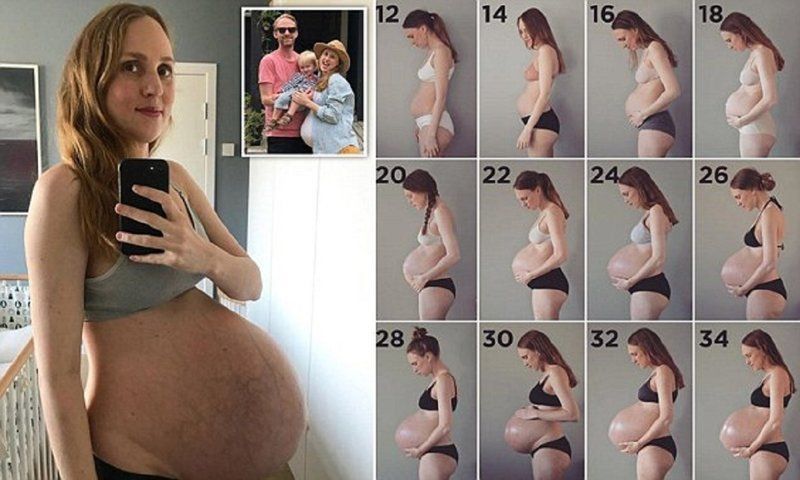
Q: My baby has reflux, can I still dream feed?
A:
Babies with reflux may need to be held upright for 10 - 30 minutes after a feeding. If your baby requires upright time after feedings, be sure to factor in this extra time when planning your night feeding schedule with a dream feed.
Q: Can I dream feed with formula?
A:
A sleep feeding can be done with breast milk or formula.
Q: Should I wake my baby to feed at night?
A:
Waking a baby for a dream nursing or bottle feeding right before the parent’s bedtime can sometimes lengthen night sleep for the entire family. This can be particularly helpful if a baby is waking at night from hunger. However, waking a baby to feed at night won’t typically help extend sleep if a child is waking for other reasons (such as a sleep onset association).
This can be particularly helpful if a baby is waking at night from hunger. However, waking a baby to feed at night won’t typically help extend sleep if a child is waking for other reasons (such as a sleep onset association).
Q: Can dream feeding cause early waking?
A:
A feeding before the parent’s bedtime won’t typically be the cause of an early morning waking habit. However, some babies will continue to wake during the early morning hours to feed, even if they are offered a twilight feed.
Q: Can a dream feed reduce night wakings?
A:
Yes, in some cases, offering an additional night feeding before the parent’s bedtime can extend sleep. Offering breast milk or formula at this time tends to be most helpful if the child would otherwise wake from hunger in the middle of the night.
How much should a newborn eat: feeding chart
0-6 months
Article
5/5 2 reviews
As soon as the long-awaited event has happened and the baby is born, the mother is faced with many questions. One of the most frequently asked: how to feed and how much should a newborn eat? Indeed, this is a very important point, since a properly selected and debugged diet allows the child to grow and develop harmoniously, promotes good health and strengthens the immune system. How to calculate the norm for a baby from the first days of life to a year? nine0003
8 min. for reading Feb. 17, 2022
Contents
Listen to the experts
Calculation norms
- First weeks of life
- One to four months
- Five to six months
- Seven to twelve months
How much breast milk a newborn should eat: table
Not enough breast milk or not at all: what to do
Norms and stages of the introduction of complementary foods
- First stage - vegetables
- Second stage - cereals
- Third stage - fruits
- Fourth stage - meat
- Fifth stage - new flavors
An example of a daily diet for a 6-8 month old baby
Frequently Asked Questions
Listen to the experts baby's age.
 All these data are usually voiced to parents during a doctor's appointment and entered into the card for further assessment of the child's condition. Comparison of the actual weight and the prescribed norms allows you to find out whether the child is eating well enough and, if necessary, to correct mistakes made during feeding. If something is not clear to you at the appointment with the pediatrician, do not be afraid to ask again and clarify. After all, only a specialist can give competent recommendations specifically for your baby, based on the results of an examination or analysis. The advice of friends, grandmothers and mothers from various forums may be good, but they do not take into account the individual characteristics and needs of your child's body. So, they may not work or even hurt. nine0003
All these data are usually voiced to parents during a doctor's appointment and entered into the card for further assessment of the child's condition. Comparison of the actual weight and the prescribed norms allows you to find out whether the child is eating well enough and, if necessary, to correct mistakes made during feeding. If something is not clear to you at the appointment with the pediatrician, do not be afraid to ask again and clarify. After all, only a specialist can give competent recommendations specifically for your baby, based on the results of an examination or analysis. The advice of friends, grandmothers and mothers from various forums may be good, but they do not take into account the individual characteristics and needs of your child's body. So, they may not work or even hurt. nine0003 Be part of Nestle Baby&Me®
Each stage of a baby's development is unique and is associated with new questions from parents. Get advice from experts.
Registration
Calculation norms
1.
 First month of life
First month of life As soon as the baby is born, it is immediately brought to the mother's breast to feed. This helps to strengthen the immunity of the baby and stimulates lactation in the mother. During this period, there is still no milk in the breast, but there is a very nutritious transparent sweetish liquid - colostrum. It is released in the first two or three days after birth and supplies the child with all the necessary substances. To eat, the baby needs a few drops: on the first day of life, the small stomach holds only 7 milliliters. On the second day of life, the baby begins to eat more often. It needs to be fed on demand or every two to three hours, while the baby eats within 10-20 milliliters at one time. Thus, per day the norm will be approximately 90 milliliters. Starting from the third day after birth, the mother actively produces breast milk, the volume of which increases as the child grows. In the first week of life, the baby should eat from 50 to 80 milliliters of milk at a time, and 400 milliliters per day. At two weeks of age, the daily ration should be 20% of the weight of the newborn, and closer to a month - about 600 milliliters. It is important to note that these figures are approximate. Each baby needs its own, certain amount of milk or mixture, depending on individual characteristics: height, weight, mother's milk quality, calorie content of the mixture and the rate of development of the baby. nine0003
At two weeks of age, the daily ration should be 20% of the weight of the newborn, and closer to a month - about 600 milliliters. It is important to note that these figures are approximate. Each baby needs its own, certain amount of milk or mixture, depending on individual characteristics: height, weight, mother's milk quality, calorie content of the mixture and the rate of development of the baby. nine0003
See also: Breastfeeding: the first steps after childbirth
2. From one to four months
Every day the baby grows, gains weight and increases its daily portions of milk. Having reached the month, the baby is already eating 90-100 milliliters six to seven times a day. After one month, the norms become as follows:
- At two months, the child should eat from 120 to 150 milliliters at a time. The daily norm, therefore, is 700-800 milliliters. nine0020
- A three-month-old baby should eat between 150 and 180 milliliters. In this case, it is recommended to observe the frequency of feeding no more than six to seven times a day.

- From the fourth month, babies need 180-210 milliliters of milk or infant formula. The average amount per day is not less than 1/6 of the baby's weight.
3.Five-six months
A six-month-old child normally eats 210-240 milliliters at a time, and the total amount of food per day should be 1/7 of body weight, or 800-1000 milliliters. Also, if there are no contraindications, complementary foods are introduced from six months. nine0003
4. From seven to twelve months
During this period, a single portion of breast milk for a baby ranges from 210 to 240 milliliters. At the same time, the average amount per day is not less than 1/8 of the child's body weight. Vegetable, fruit and meat purees, dairy-free and milk porridges are introduced into the diet (if the baby is not allergic to cow's milk proteins).
Below is a table that describes in detail the daily intake of a newborn for each age up to a year.
How much breast milk should a newborn eat: table
| Child's age | The amount of milk eaten per feeding, ml | The amount of milk eaten per day, ml |
| 3-4 days | 20-60 | 200–300 |
| 1 week | 50–80 | 400 |
| 2 weeks | 60–90 | 1/5 weight of child |
| 1 month | 100–110 | 600 |
| 2 months | 120-150 | 800 |
| 3 months | 150–180 | 1/6 child weight |
| 4 months | 180-210 | 1/6 child weight |
| 5-6 months | 210-240 | 1/7 child's weight (800-1000) |
| 7-12 months | 210-240 | 1/8 weight baby |
Important!
Remember that every child is unique, has individual characteristics and needs. Therefore, slight deviations from the standard indicators are quite possible.
Therefore, slight deviations from the standard indicators are quite possible.
Not enough breast milk or not at all: what to do
When a baby cries after waking up, he is hungry. Modern doctors do not advise mothers to maintain any strict feeding schedule. If the mother gives the baby a breast when he asks, and the baby eats for her own pleasure and at the same time sleeps soundly and well, smiles and is not naughty, then she is full and completely satisfied. nine0003
But if the baby cries and sleeps badly, then perhaps he does not have enough milk. In this case, check if the baby is eating his age norm, and try to keep track of this indicator in the future. Found that you don't have enough breast milk? Do not worry, it is better to immediately consult a doctor. The specialist will help you find a way to support milk production and improve lactation.
If you cannot solve the problem and normalize lactation, consult a pediatrician and find the right supplemental formula for your child.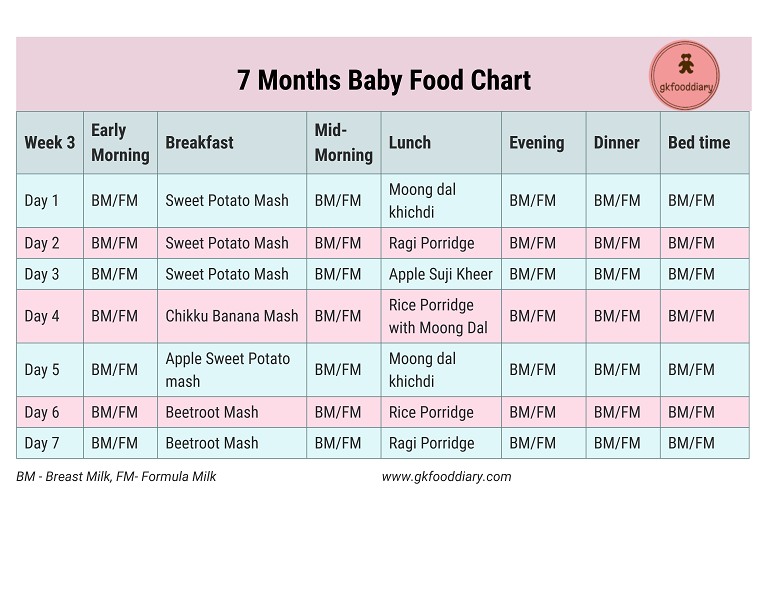 With strict observance of all the doctor's recommendations, instructions for preparation and dosages indicated on the package, the mixture makes it possible to compensate for the lack of breast milk and provide the baby with the necessary amount of nutrients. nine0003
With strict observance of all the doctor's recommendations, instructions for preparation and dosages indicated on the package, the mixture makes it possible to compensate for the lack of breast milk and provide the baby with the necessary amount of nutrients. nine0003
Important!
Even if you don't have enough breast milk to fully meet your baby's needs, try to remain on partial breastfeeding for as long as possible. After all, the ideal food for a child is mother's milk.
Norms and stages of introduction of complementary foods
As a rule, complementary foods are introduced at the age of six months. Before you start exploring new products, you should consult with your pediatrician. In general, different types of food are introduced in stages, starting with very small portions. nine0003
1.First step - vegetables
According to the World Health Organization (WHO) the best product to start with is a one-component vegetable puree, such as zucchini, broccoli, cauliflower or potatoes. If everything goes well, you can try pumpkin, carrot, pea and tomato puree a little later.
If everything goes well, you can try pumpkin, carrot, pea and tomato puree a little later.
It takes seven to ten days to fully introduce the product into the baby's diet. We start with half or a whole teaspoon once a day until breastfeeding. If there are no allergic or other adverse reactions, you can continue the introduction of this product, gradually increasing the dose to a full serving - 100-150 grams. nine0003
2. The second stage - cereals
After the introduction of vegetable puree, we recommend diversifying the baby's menu with cereals. For acquaintance, it is better to choose liquid one-component gluten-free cereals, for example, rice or buckwheat. Then you can add oatmeal or semolina.
The initial portion of porridge is half or one teaspoon. Gradually increase the portion to a full - 150 grams.
3. The third stage — fruit
We also start complementary foods with one-component low-allergenic purees, such as apple, pear, plum, banana.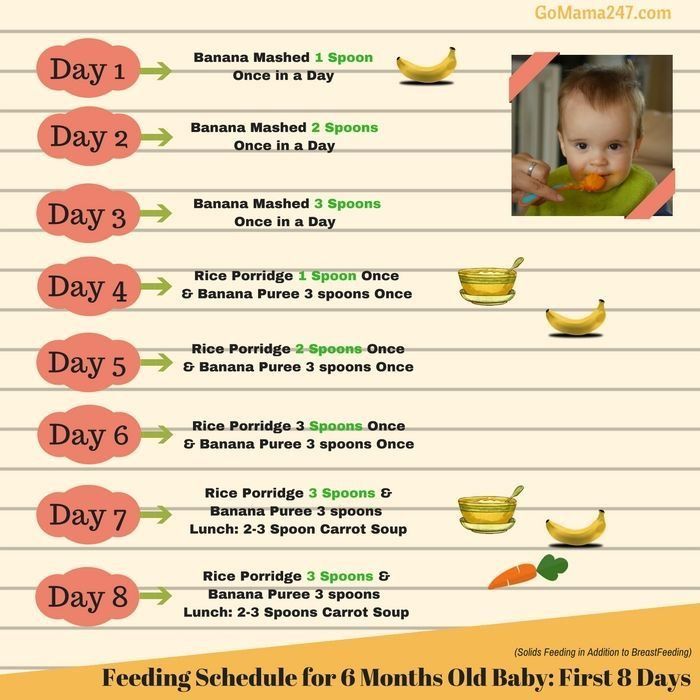 These products are not only tasty, but also contain vitamins and minerals necessary for the child. nine0003
These products are not only tasty, but also contain vitamins and minerals necessary for the child. nine0003
Fruit purees are also introduced with caution, starting with half or a whole teaspoon. Gradually, the portion increases to 100-150 grams.
Find out more: Gerber Baby Food: Puree Range
4.Stage Four - Meat
Meat is an essential product for development, rich in iron and protein, which is well absorbed in the body. It is introduced in the form of a homogeneous one-component puree from dietary turkey, rabbit, chicken, veal or lamb. nine0003
At the beginning we give a try - half or one teaspoon, over time we bring the portion to 60 grams.
5. The fifth stage - new tastes
After the successful introduction of the above products, the baby forms a full-fledged varied menu. This means that a young gourmet can be introduced to new flavors that could previously provoke allergies: multi-component purees, fruit and cereal cocktails, children's snacks, pieces of fresh fruits and vegetables.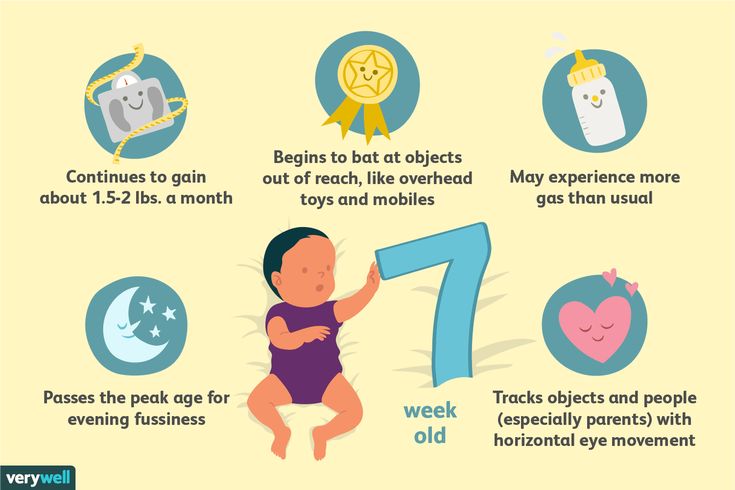
See also: Introduction of complementary foods to children with food allergies
Example of a daily diet for a baby at 6-8 months
A child from six to eight months should be given complementary foods three times a day. Further, at the age of nine to eleven months, the amount is increased to four times a day. To make it easier and clearer, check out two options for a full-fledged daily diet, which outlines what and how much a newborn should eat.
See also: Nutrition for a 7-month-old baby: making a menu for a baby
Popular questions
1. How to warm up breast milk?
Use the bottle warmer to warm breast milk that has been stored in the refrigerator. If this is not at hand, put a tightly closed bottle in a container of warm water and hold it there until the milk warms to body temperature - 37 ° C.
2. How often should a newborn eat? nine0070
A newborn needs to be fed every 2-3 hours, i. e. 10-12 times a day.
e. 10-12 times a day.
3. How much milk does a newborn eat?
During the first days of life, the baby has a very small stomach and a poorly developed sucking reflex. Therefore, for one feeding, the newborn eats 7-9 milliliters of colostrum. Breast milk from the mother appears only on the third or fourth day.
4. How to calculate how much a child should eat? nine0070
To understand how much a newborn should eat, you need to know his age and weight. Data for calculation: from 10 days to 1.5 months, the baby needs such an amount of food, the weight of which is approximately 1/5 of the child's body weight; from 1.5 to 4 months - 1/6, from 4 to 6 months - 1/7; from 6 to 8 months - 1/8; from 8 to 12 months - 1/9 of the body weight.
Articles on the topic:
Breastfeeding: benefits for the baby, health for the mother 12 rules of healthy nutrition for children Baby does not eat well, how to feed? nine0070
Latest reviews
Average customer rating
2 customer ratings
Snapshot of community ratings
- five 2
- 4 0
- 3 0
- 2 0
- one 0
Recommended Articles
0-6 months
Article nine0003
Proper nutrition is the basis of future health
During the first 1,000 days of a baby's life, optimal nutrition largely determines the child's present and future growth and development. A balanced diet, which contains the most important macro and micronutrients, is an important investment in a child's future health.
A balanced diet, which contains the most important macro and micronutrients, is an important investment in a child's future health.
0-6 months
Article
Major food allergens nine0055
An allergic reaction in a child, just like in an adult, occurs when the body mistakenly perceives a substance as harmful, in other words, it is a defensive reaction to an invasion that actually did not occur.
0-6 months
Article
Quantity and quality of protein in breast milk
The amount of protein in breast milk is perfectly adapted to your baby's age and needs at every stage of their development. nine0003
0-6 months
Article
Buying and storing baby food
Establishing a safe and wholesome diet is an important task that is entirely the responsibility of adults. This means that every parent must know the rules for choosing, storing and feeding the smallest.
This means that every parent must know the rules for choosing, storing and feeding the smallest.
0-6 months
Article
Diet during lactation nine0055
During lactation, the mother's body uses nutrients primarily for milk production and then for itself.
0-6 months
Article
The diet of a child at 7 months: we make a menu for the baby
What should be the menu of a child at 7 months? What foods and in what quantity can be introduced into the diet at this age? When and at what intervals to give the baby to eat? We will help develop an approximate menu for a 7-month-old baby and answer the most exciting questions regarding the nutrition of a baby up to a year old. nine0003
0-6 months
Article
Feeding a nursing mother
Most of the nutrients your baby gets through breast milk comes from your body's stores. Therefore, do not forget that the menu of a nursing mother plays an important role!
Therefore, do not forget that the menu of a nursing mother plays an important role!
0-6 months
Article
Worms in children: prevention and signs of worms in a child nine0055
0 reviews
Worm infestation in children is a fairly common phenomenon. And their danger is often underestimated. Worms in children can cause many conditions and diseases that can subsequently cause irreparable changes in the body. In addition to disrupting the functioning of the gastrointestinal tract, helminths can cause allergic reactions, chronic intoxication and affect the functioning of the immune system.
nine0002 0-6 monthsArticle
Fitness with a child: life hacks for active moms
0 reviews
There are days when the last thing you want to do is exercise, especially if you've had a sleepless night. But staying active can do wonders for your physical and mental health. From toddler exercise ideas to online workouts, here are some easy ways to incorporate fitness with your baby into your daily routine. nine0003
But staying active can do wonders for your physical and mental health. From toddler exercise ideas to online workouts, here are some easy ways to incorporate fitness with your baby into your daily routine. nine0003
0-6 months
Article
Diathesis in infants: what is it and how to help the child?
0 reviews
Two things parents often worry about are tummy troubles and skin rashes. If everything is more or less clear with the first, then the appearance of a rash is usually frightening, and the conclusion heard from the older generation suggests itself - the child has diathesis. Then begins a long search for the product or powder responsible for the rashes and strict diets. nine0407 Let's see what causes the appearance of diathesis in infants, what to do with it and whether such a diagnosis even exists.
0-6 months
Article
Solving breastfeeding problems
0 reviews
Breastfeeding is not for everyone right away. But if you prepare and practice a little, it becomes easier. Try the following steps to solve breastfeeding problems. nine0003
But if you prepare and practice a little, it becomes easier. Try the following steps to solve breastfeeding problems. nine0003
0-6 months
Article
Storing breast milk: TOP 5 tips on how to store it
0 reviews
If breastfeeding is not possible, express with a breast pump or by hand. And we will tell you what and how to store breast milk.
0-6 months
Article nine0003
Sour eyes in a newborn: causes and solutions
0 reviews
Sour eyes in infants are a common problem among young parents. But it is not the norm and does not tolerate neglect. The thing is that the visual organ of a baby, just born, has not yet fully formed local immunity and is vulnerable to infections. Getting into an unprotected eye, the infection causes tearing, redness and suppuration. If no action is taken, diseases can become chronic and acute, dangerous for the visual function of the eyes. nine0003
Getting into an unprotected eye, the infection causes tearing, redness and suppuration. If no action is taken, diseases can become chronic and acute, dangerous for the visual function of the eyes. nine0003
0-6 months
Article
How to bottle feed properly
0 reviews
Bottle feeding may seem easy, but it's not. To figure out how to properly bottle a newborn, how to hold a baby and a pacifier, read our checklist.
0-6 months
Article nine0003
Night feedings: how often and for how long?
A newborn baby eats at any time of the day, day or night. As the baby's digestive tract grows stronger, the interval between feedings gradually increases. Moms have a natural question: when and how should you stop night feedings so that the baby sleeps all night?
0-6 months
Article
Herpes in children: advice to parents nine0055
Herpesvirus infections (HVI) are a group of diseases characterized by rapid epidemic transmission and a variety of clinical symptoms. This is one of the most common viral diseases. The percentage of infection and morbidity with them is growing every year. More than half of all people on the planet are infected with one or another herpes virus.
This is one of the most common viral diseases. The percentage of infection and morbidity with them is growing every year. More than half of all people on the planet are infected with one or another herpes virus.
0-6 months
Article
Child development per month nine0055
New world - new sensations. Your baby is one month old.
0-6 months
Article
The birth of a child: the feelings of parents
0 reviews
As a first time parent, you may experience severe mood swings. In addition to the joy of motherhood, you can experience these 10 emotions. But you are not alone - all these feelings are completely natural for a new mother and are very common. nine0003
0-6 months
Article
How to wean a child from motion sickness: TOP 10 tips
0 reviews
At what age, why and how to wean a child from motion sickness? We have prepared 10 proven tips for tired moms.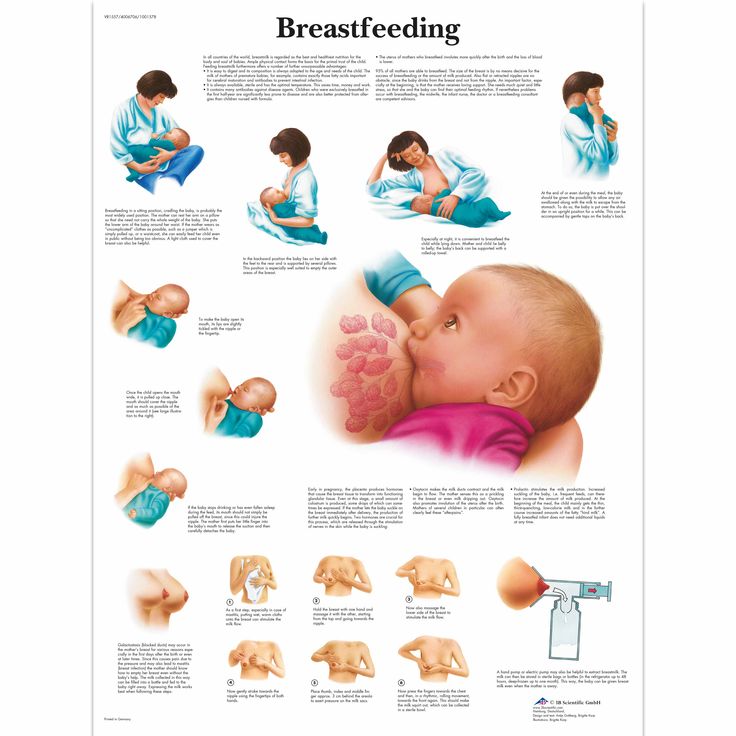
Join the Club
We know that being a mother is not only unlimited happiness, but also a great responsibility. We will help you! nine0003
Register
Still haven't found what you need?
Try our new search.
Search
child development from 0 to 1 month
03/01/2019
20
The long-awaited day has come and we finally arrived home with the baby from the maternity hospital. And now, in place of the hospital calmness, where everything seemed so clear, a wave of emotions swept over me. When and how often should I put him to bed? How to combine sleep and feeding from the first days? Should a child have a regime or should not organize a clear schedule? nine0003
All the knowledge was in theory, but it was not easy to put it into practice. Therefore, I share recommendations that it is good for a young mother to know in order to survive such a difficult first month!
Baby's routine
Before we talk about the baby's daily routine, it's useful to remember a few facts about the sleep of babies of this age: Yes, all children are different - some sleep more, others less. But in general, babies need to sleep about 16-18 hours a day. nine0020
But in general, babies need to sleep about 16-18 hours a day. nine0020
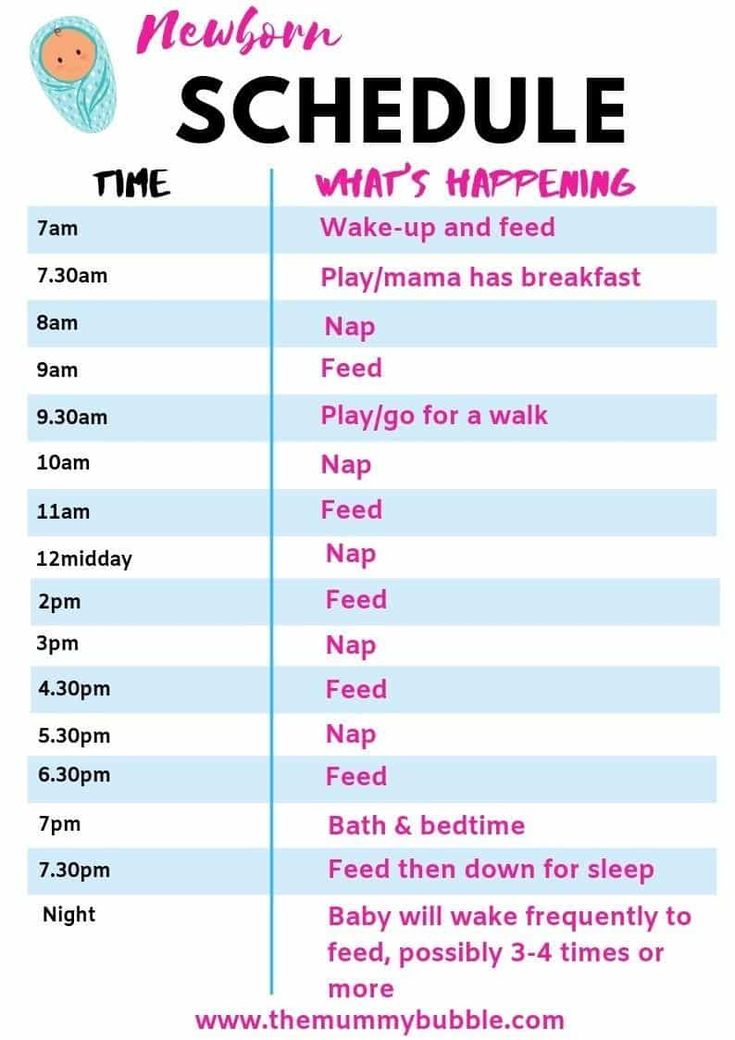
Given these facts, we can say that it is difficult to create a clear day schedule of 1 month.
Daytime sleep
Daytime dreams will not differ from nighttime. During the day, a newborn baby can sleep both 3-4 hours and 20-40 minutes in one dream.
The longest period of sleep can occur in a day.
How do you know when a baby wants to sleep again? Focus on signs of fatigue in a child: if he rubs his eyes, looks at one point, sucks his thumb, then it's time for him to sleep. It is also recommended not to exceed the awake time for more than 50-60 minutes if the previous sleep was more than an hour. If the sleep was less than an hour, the period of activity of the crumbs will be the same amount of time. Overworking the child leads to long bedtimes, restless sleep at night and an incomprehensible daily routine. nine0003
Night sleep
Sleep can be about 7-10 hours at night.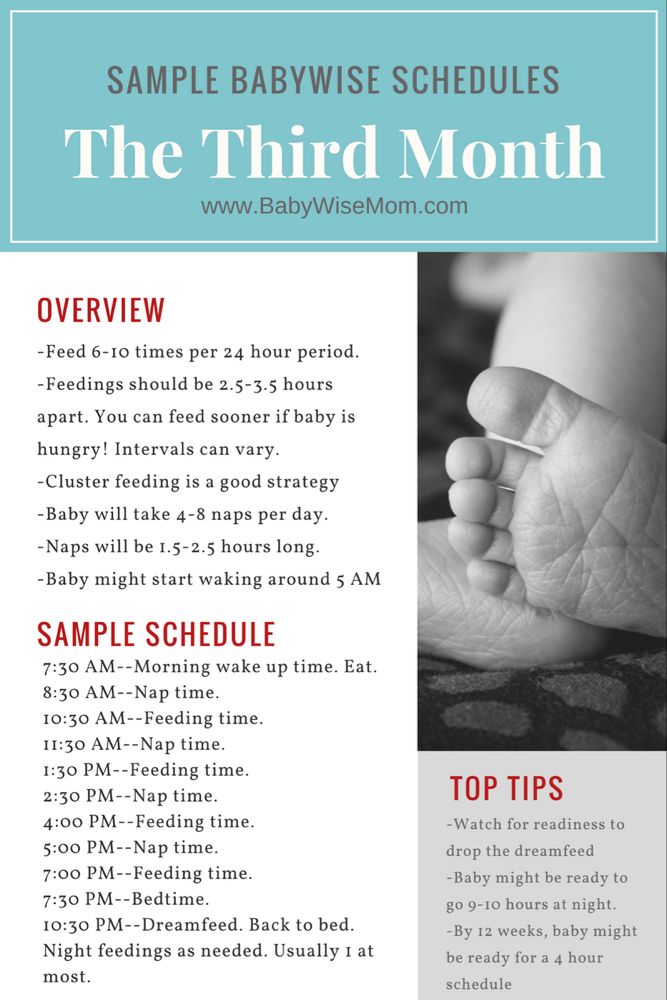 The baby will wake up for feeding. If in the evening your baby began to cry non-stop for several hours, it may be colic. The period of colic lasts up to 6-8 weeks. After feeding, hold the baby upright - this will help his digestion, do a light massage of the tummy.
The baby will wake up for feeding. If in the evening your baby began to cry non-stop for several hours, it may be colic. The period of colic lasts up to 6-8 weeks. After feeding, hold the baby upright - this will help his digestion, do a light massage of the tummy.
If you suspect that crying is not related to colic, be sure to contact your doctor. If you are formula feeding, talk to your pediatrician - it may be that changing infant formula will improve the baby's condition. nine0003
Confusion of day and night
Up to 6-8 weeks, babies may confuse day and night due to an immature biological clock.
Take your baby out to bright light during the day and dim the lights at home in the evening. Use a night light with a warm, low light at night during feedings and diaper changes.
How to make it clear to a child of 1 month of age that it is time to start the day or go to bed?
Rituals will come to the rescue - daily repeated actions after waking up or going to bed.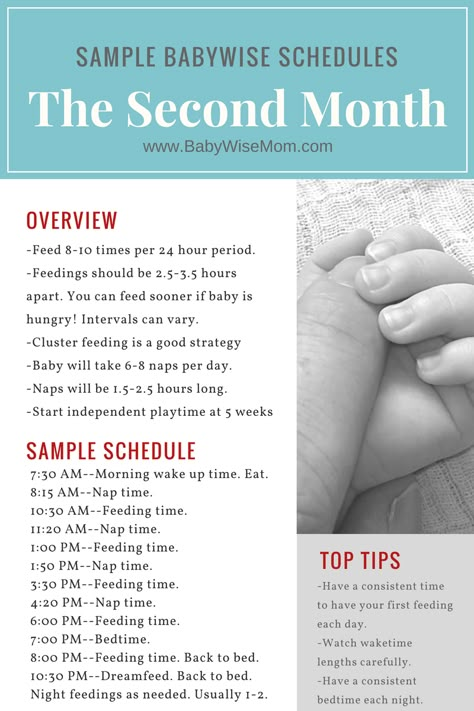 In the morning it can be hygiene procedures, and in the evening - bathing, quiet games, swaddling and a lullaby. nine0003
In the morning it can be hygiene procedures, and in the evening - bathing, quiet games, swaddling and a lullaby. nine0003
Baby bed
For the prevention of SIDS (Sudden Infant Death Syndrome), certain rules are followed when organizing a baby bed.
-
Always place your newborn on their back. This is the safest position for a baby right now.
-
Avoid overheating the baby - it is more dangerous for him than the cold. Therefore, pay attention to the temperature in the room: it should not exceed 21-23 degrees in winter and 25 degrees in summer. nine0003
-
The child needs to sleep on a flat, solid surface, without blankets, pillows, bumpers, toys or other things.
-
A separate nursery is not needed for up to six months, and sometimes up to a year - a crib in the parents' room is an ideal option for a child to relax.
nine0020 You can remove one wall of the crib and attach it to the bed of the parents. So the baby will be as close as possible to mom at night, but at the same time on a separate surface.
You can remove one wall of the crib and attach it to the bed of the parents. So the baby will be as close as possible to mom at night, but at the same time on a separate surface.
Tips for helping your newborn sleep
Feeding your newborn
Feeding on demand is considered the best way to manage your newborn's diet.
In the early days, breastfeed as often as possible. This stimulates milk production. We feed from 15 to 90 minutes. Prolonged feeding allows a newborn baby not only to satisfy hunger, but also to survive the stress after childbirth and get used to the new world. After the baby is likely to fall asleep. Night feedings are equally important for both the baby and the mother. They will mostly occur every 3-4 hours. nine0003
To improve lactation, try to also feed in the early hours of the night.
If a breastfed baby is eating well and gaining weight, he does not need additional food and fluids until 4-6 months of age.